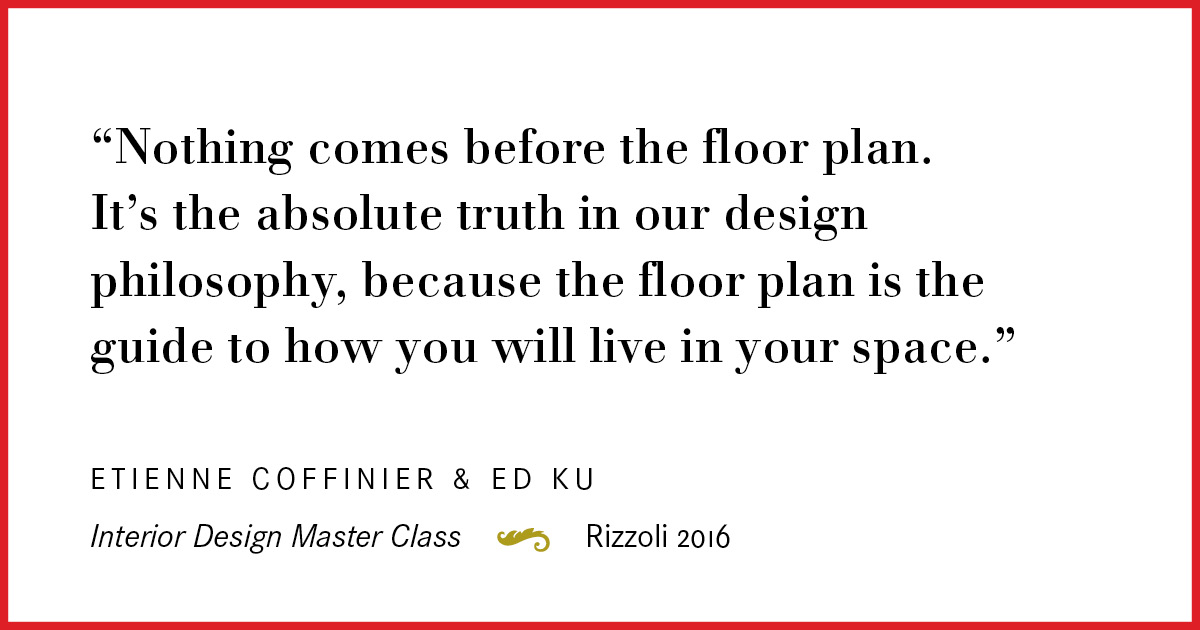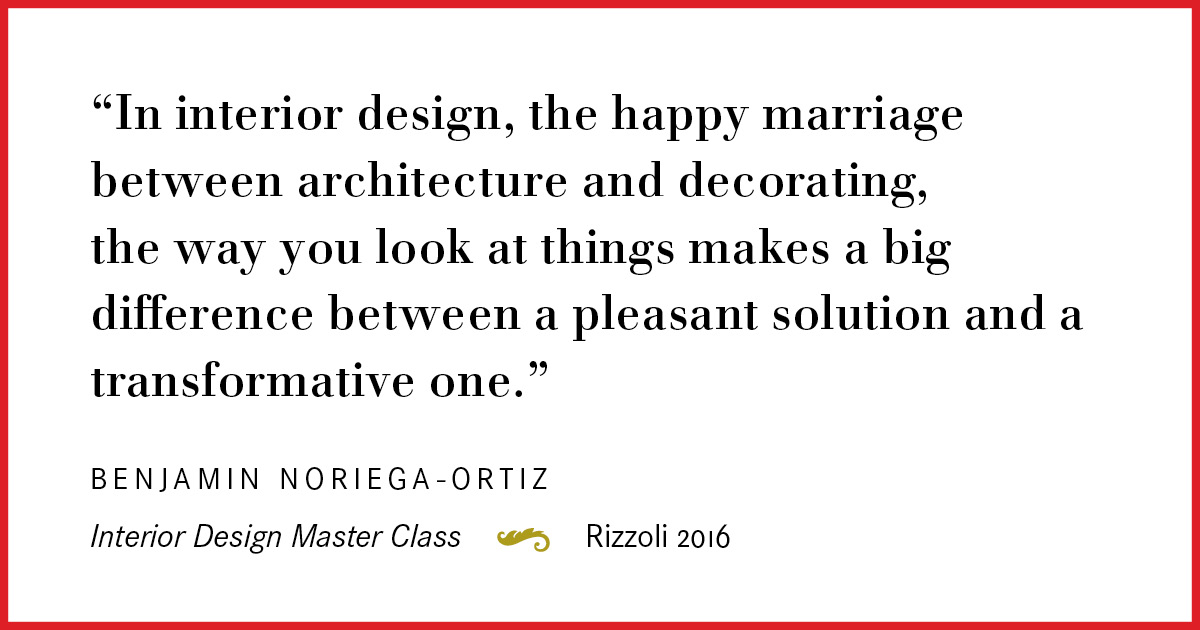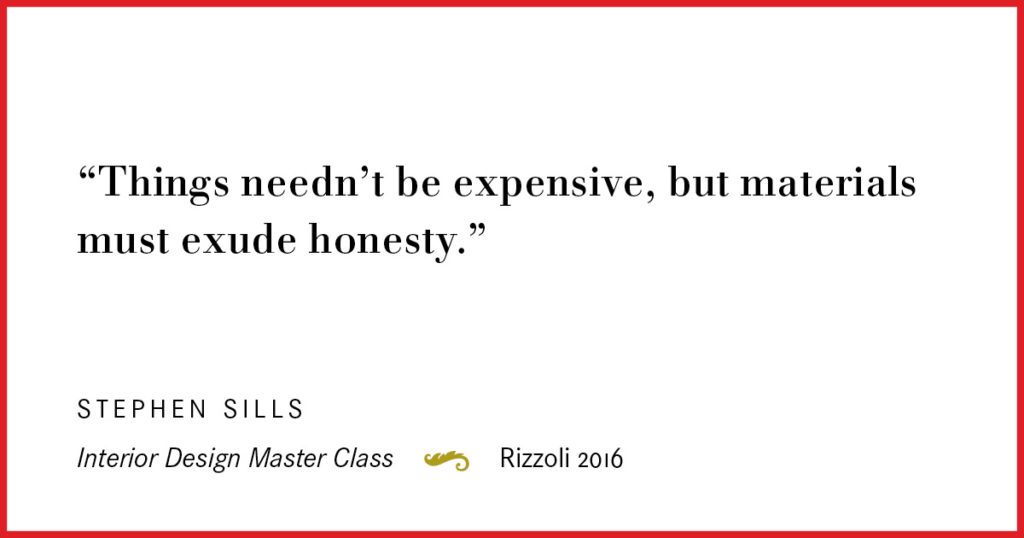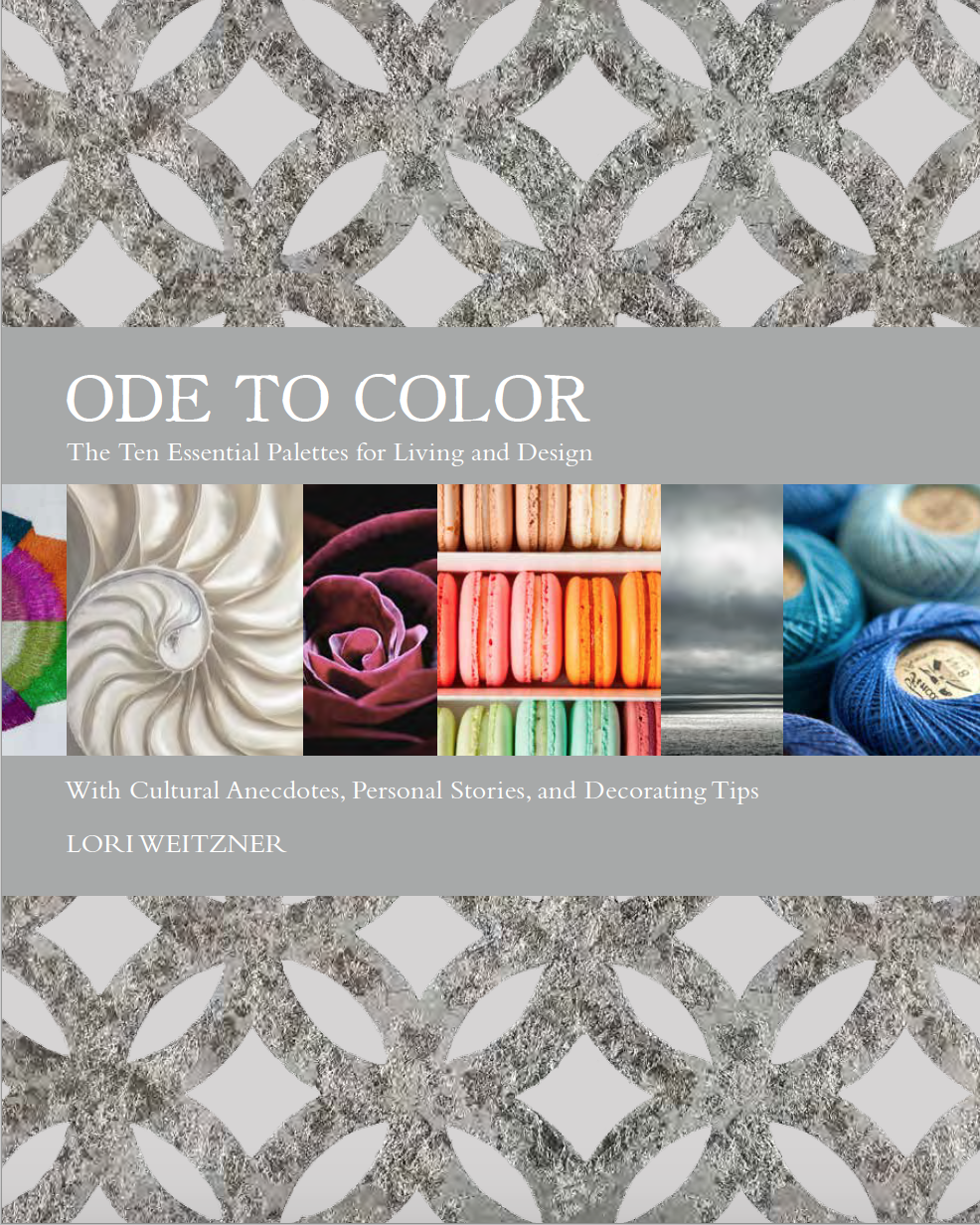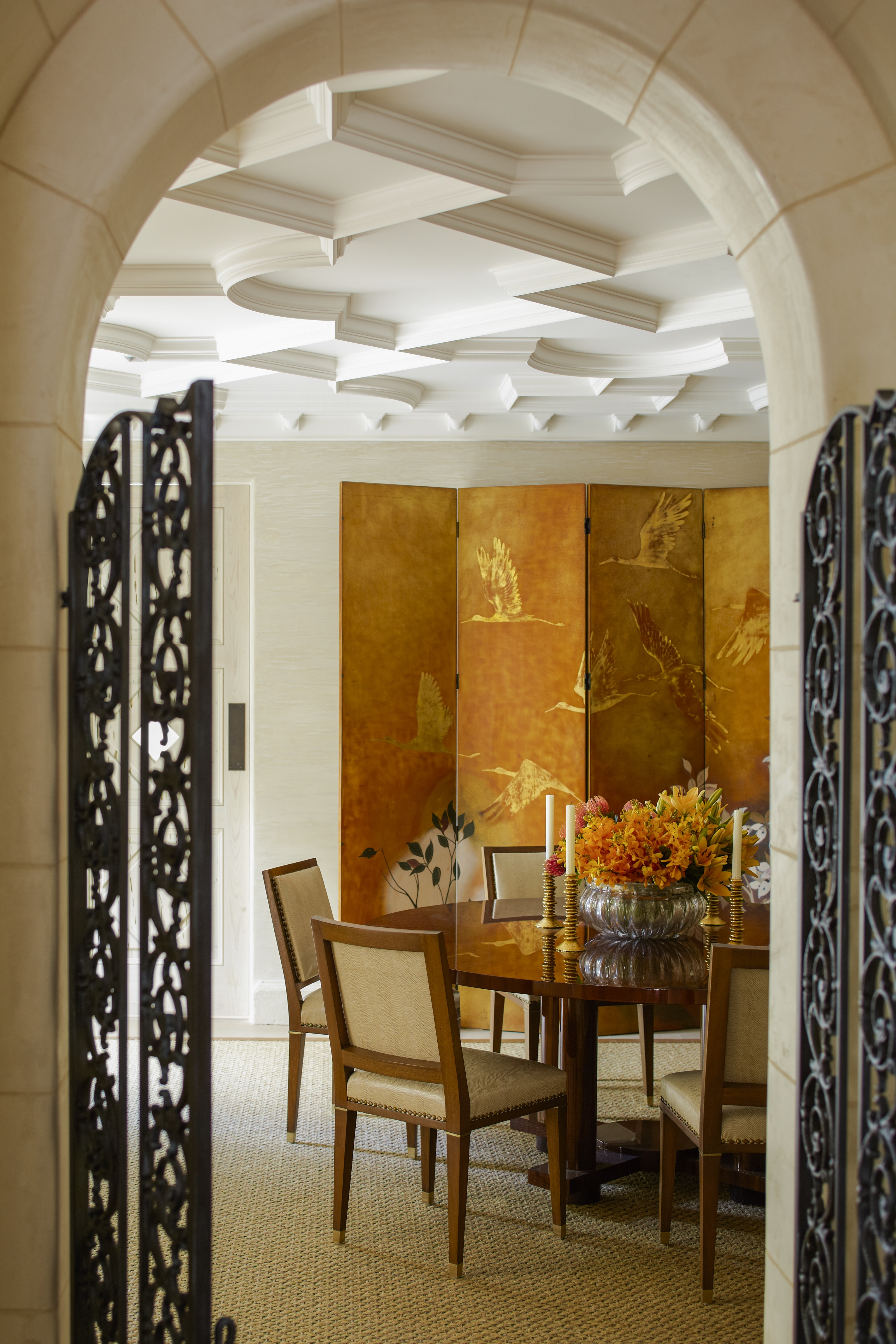
“The Japanese impact on Western architecture is well known. Early visitors to Japan such as Frank Lloyd Wright were much influenced by the rectilinear, undecorated style of Japanese buildings. This, in turn, spread to the Bauhaus, which rejected over-decoration and espoused the Mies van der Rohe philosophy of “Less is more.” Likewise, in interior design, the spare interiors of a traditional Japanese tearoom had a huge influence on the new postwar minimalism.
I am hardly a minimalist, yet the three cornerstones of Japanese design—kazari, wabi-sabi, and shibui—are everywhere in my work. Striking a balance between these concepts is my ultimate goal.”
